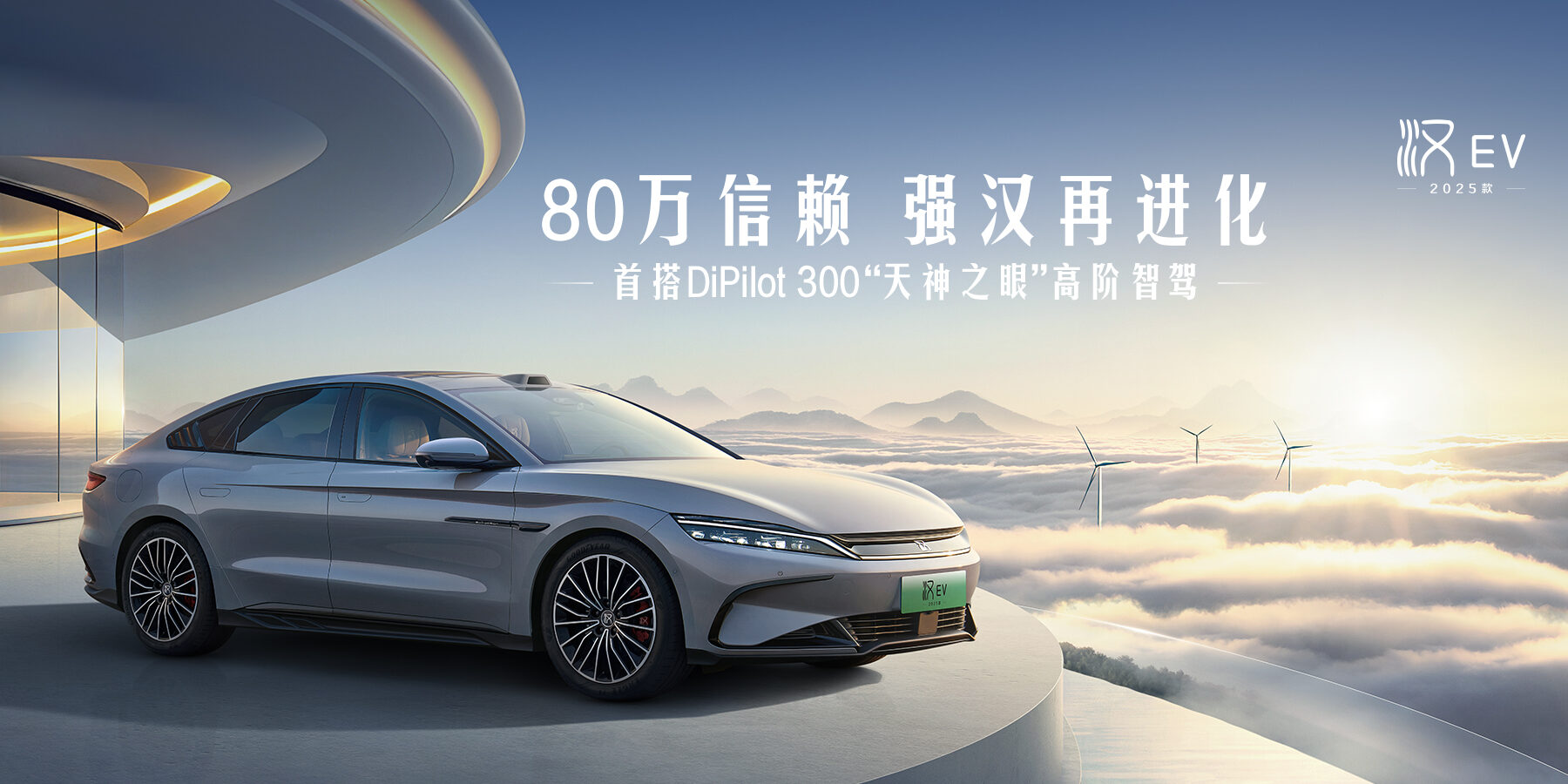On September 9, 2024, the 2025 BYD Han series was launched, with prices ranging from 165,800 to 235,800 RMB. The Han DM-i, utilizing the fifth-generation DM technology, is equipped with the latest 1.5Ti hybrid-specific engine, offering an all-electric range of 125 kilometers, a combined range of 1,350 kilometers on full fuel and battery, and a fuel consumption of 3.8 liters per 100 kilometers. The Han EV, employing advanced 800-volt high-voltage technology and integrated thermal management, boasts a maximum range of 701 kilometers under CLTC comprehensive conditions.
The 2025 Han series continues to excel in both core technology and product strength, with a precise market strategy targeting the price range of 160,000 to 240,000 RMB. This strategy particularly aims at capturing market share from joint venture brands, which can be seen as BYD’s strategic maneuver.
Previously, the New Energy Intelligence Analysis Network’s evaluation team traveled to Turpan to conduct high-temperature tests on the non-production versions of the 2025 Han series (DM-i and EV), examining overall fuel consumption and charging efficiency. The new hybrid-specific 1.5Ti engine combined with the EHS200 electric hybrid module provided greater power output, resulting in a measured fuel consumption of 3.84 liters per 100 kilometers. During high-power DC fast charging tests on the 2025 Han EV, the blade battery’s SOC exceeded 90%, with charging currents still above 70 amps. On the vehicle platform level, the 2025 Han series has been upgraded to a rear multi-link independent suspension, enhancing comfort on complex road conditions and stability on paved roads.
Whether in terms of overall vehicle cost performance or the evolution of electrification technology and vehicle platforms, the comprehensive competitiveness of the 2025 Han series represents another strong product under BYD’s “technology equality” framework. But who are the competitors and peer products of the 2025 Han series?

1. Local Brands with Limited EV/PHEV (REEV) Product Iteration:
From 2020 to 2024, the Han series (including EV, DM, DM-i, DM-p) sold over 800,000 units, becoming the world’s first large-scale commercialized production using a rated voltage scheme of 500-550 volts for EV and PHEV models. Compared to local brands, the only models that can be classified as series products either consist solely of EVs or only PHEVs (including REEVs). Even if there are EV/REEV series, they do not share the common use of 500-550 volt rated voltage technology.
It’s worth noting that (1) all competitors, except BYD, manufacture PHEV/REEV models with battery rated voltages set at 350-400 volts, which highlights a significant technological gap compared to BYD’s Han DM, DM-i, and DM-p.
In terms of both sales and technology, the 2025 Han series no longer confines its competitive landscape to local brands.

2. Competing with Joint Venture B-Class Fuel Vehicles:
As of August 2024, according to data released by the Passenger Car Association, domestic brands achieved sales of 1.2 million units, a year-on-year increase of 21%, capturing 63% of the domestic market; joint venture brands sold 480,000 units, a year-on-year decrease of 27%, holding 25% of the market. German brands accounted for 16.6%, Japanese brands 12.6%, and American brands 5.7%. While these brands have experienced declines, German brands still perform relatively well.
On September 10, 2024, German Volkswagen launched the latest generation Passat fuel vehicle, priced between 159,900 and 223,900 RMB. “This time, the entire car features ventilation and massage, with all configurations upgraded,” as one Mazda 5 owner described the product strength of the latest Passat. For joint venture brands, especially German cars, the era of simply adding configurations and increasing prices is over. In the new energy era, all joint venture brands are struggling, and even price cuts for German fuel vehicles cannot reverse their decline.

It is important to note that German cars and the entire joint venture brand sector are caught in a negative cycle where failing to reduce prices leads to a loss of market share, while price cuts damage brand value. The state of electrification technology in German cars during the new energy era shows a generational gap compared to local brands, directly affecting the product strength reflected in sales rankings.
BYD has ceased production of fuel vehicles, focusing all core technologies on the “three electric” systems required for EVs, hybrid engines needed for PHEVs, and advanced electric engines and various electric transmission systems. Starting with the 2025 Han series, BYD will integrate more advanced power batteries, body welding technologies, multi-link independent suspension systems, and cloud-based damping systems into its other self-branded and new models.
Final Thoughts:
It is essential to emphasize that the Han series serves as one of BYD’s strongest product lines, consistently bearing the responsibility of elevating the brand. With the price range of the 2025 Han series set between 165,800 and 235,800 RMB, it also carries the responsibility of driving BYD’s sales volume.
Clearly, the launch of the 2025 Han series is a strategic move by BYD aimed at capturing market share from traditional fuel vehicles offered by joint venture brands.
